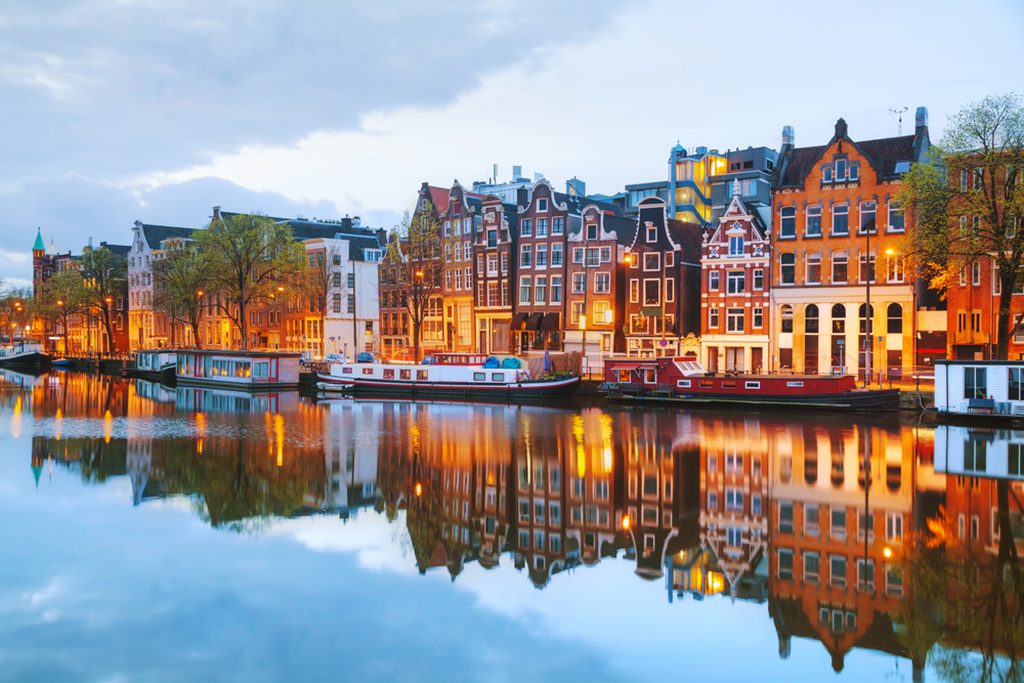The Netherlands has long been one of Europe’s most popular tourist destinations, drawing people there for its tulip fields, windmills, canals, cheeses, and cannabis. Cities and towns dotting their absolutely magnificent landscape provide a wide range of unique experiences, from museums and parks to architecture and nightlife.
Belgium and Germany are the only other countries it shares borders with; it is located in the northwest of the continent, near the North Sea. With a large portion of its land mass having been reclaimed from the sea, this low-lying and level region is home to productive fields and farms hidden behind an innovative system of marine barriers. Its territory also includes the Caribbean islands of Bonaire, Sint Eustatius, and Saba, as well as its long and beautiful coastline and all of its dikes, dams, rivers, and lakes.
In addition to its picturesque canals and townhouses, Amsterdam is renowned for its welcoming coffee shops, exciting nightlife, and rowdy red light district. Visit world-renowned museums like the Van Gogh Museum, the Rijksmuseum, and the Anne Frank House, or just relax on its tranquil waters and stroll through its picturesque neighborhoods.
The next two major cities after Amsterdam are Rotterdam and The Hague, both of which have distinctive and appealing buildings. Both have excellent museums and nightlife options, but while the former’s busy port is surrounded by cutting-edge bridges and contemporary structures, the “judicial capital of the world” is instead home to a multitude of beautiful residences and old buildings.
Delft and Giethoorn, known as the “Venice of the North,” are small but gorgeous cities that attract many visitors for the same reasons that the larger, university towns of Leiden, Maastricht, and Utrecht do: their picturesque canal-filled centers and significant historic buildings.
Kinderdijk and the vast outdoor Zaanse Schans museum are the best sites to visit if you want to take stunning photographs of traditional Dutch villages complete with wooden buildings and windmills, while Keukenhof is where you can enjoy beautiful gardens full of gorgeous tulips.
The Netherlands is a highly populated country, half of which is located below sea level due to land reclamation efforts. The city of Amsterdam is the main draw for many visitors visiting the Netherlands. In contrast to the city of Amsterdam, the rest of Holland has a lot to offer. The flat terrain, laced with canals, is ideal for cycling, and the region is dotted with interesting sights like historic town centers and iconic windmills. Protective dunes and sandy beaches stretch for miles along the coast in the west and north. When spring arrives in the Netherlands, the flower gardens become popular tourist destinations because to the striking display of vibrant colors they provide.
10. Delta Project
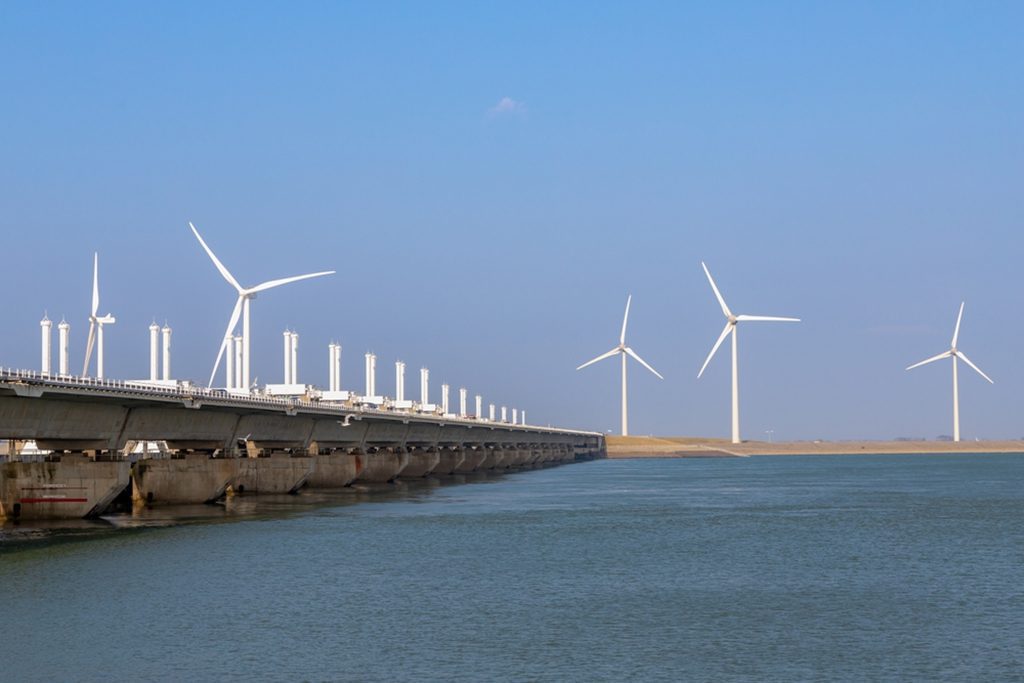
Between 1950 and 1997, the provinces of Zeeland and South Holland constructed a series of structures known as the Delta Project or Delta Works to keep huge swaths of land safe from flooding. Dams, sluices, locks, dikes, and storm surge barriers are all part of the work. They are recognized as one of the New Seven Wonders of the World by the American Society of Civil Engineers.
9. Maastricht Vrijthof
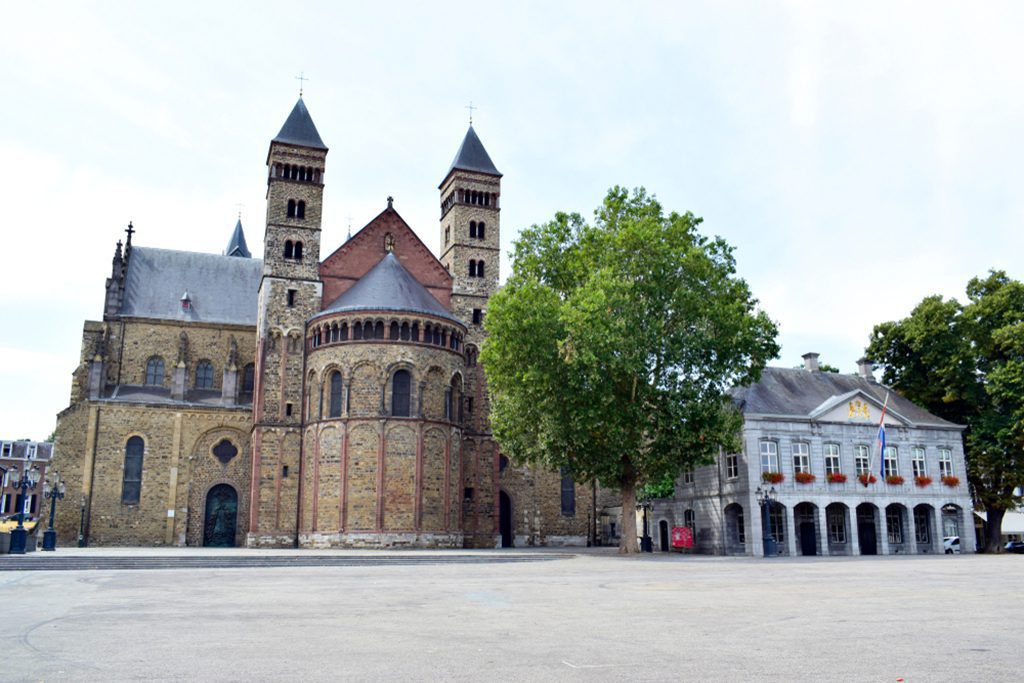
Maastricht, in the southernmost region of the Netherlands, is home to the Vrijthof, perhaps the city’s most famous public square. Among its many notable buildings are the enormous Saint Servatius Church and Saint Jan’s Cathedral. Large-scale events, such as those held in the fall and winter, are commonplace in the Vrijthof throughout the year.
8. Rijksmuseum
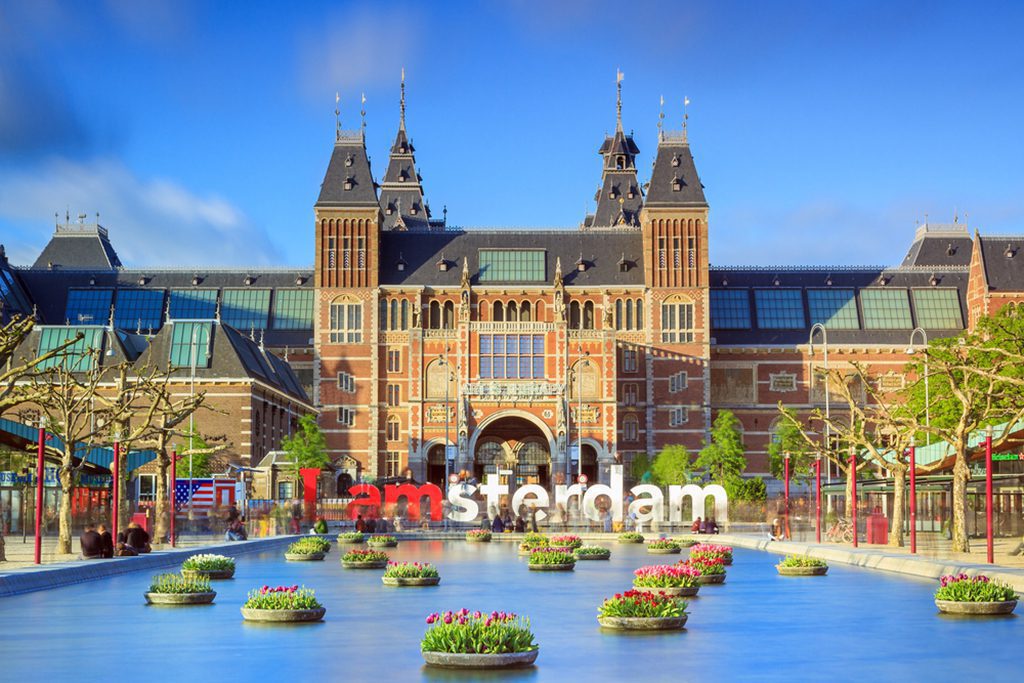
If you’re looking for the best museum in the Netherlands, go no further than the Rijksmuseum in Amsterdam. In its extensive collection of Dutch Golden Age paintings, you can find the likes of Vermeer and Rembrandt. Although the museum is closed for renovations until 2013, the permanent collection’s crown jewels are still on display.
7. Kinderdijk
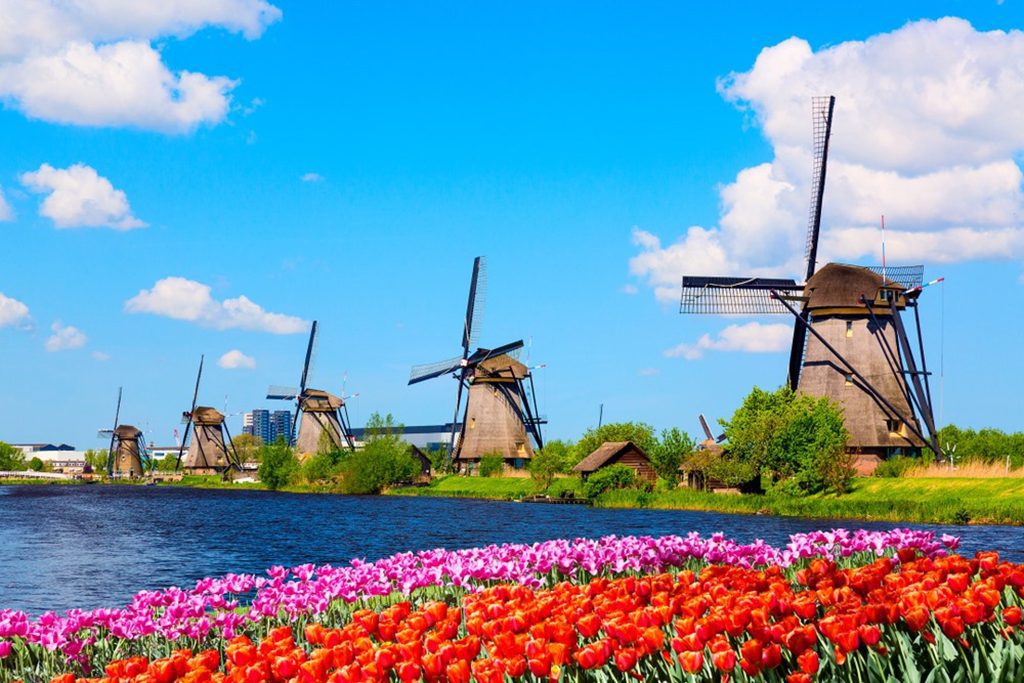
In the Netherlands, you can still find over a thousand working windmills. Near the village of Kinderdijk (meaning “Children’s Dike”), you’ll find the highest concentration of traditional Dutch windmills in all of the Netherlands. Around 1740, 19 windmills were constructed to assist with the drainage of water from the polders, which are located at lower elevations than the surrounding area. They’ve been kept in pristine condition up to the present day and are now a major draw for visitors to the Netherlands.
6. Hoge Veluwe
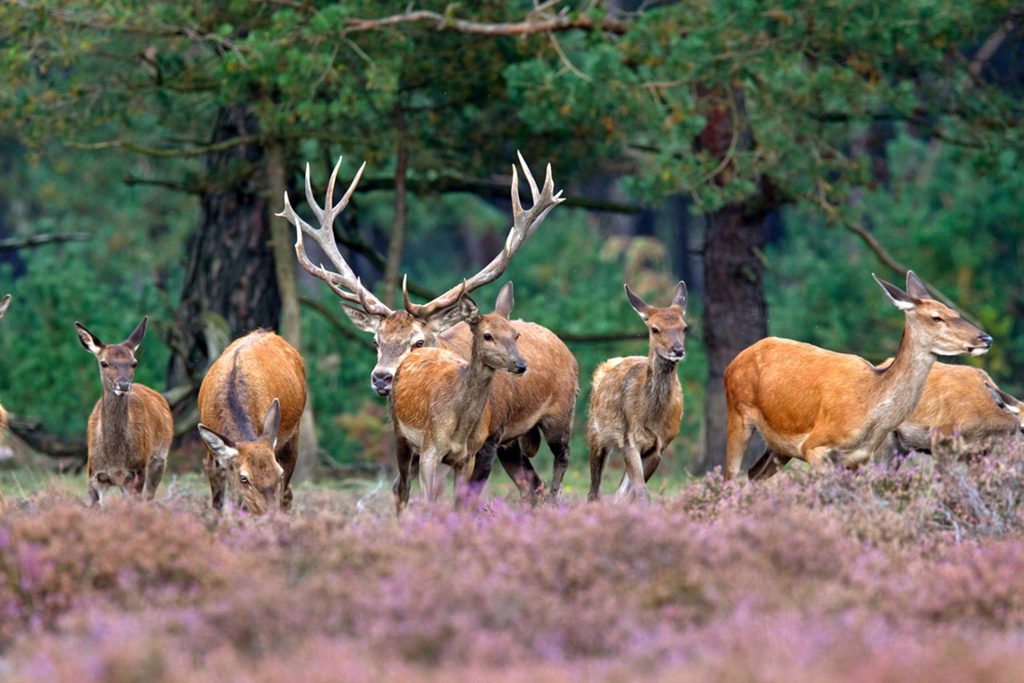
The Hoge Veluwe National Park has heathlands, sand dunes, and forests and is one of the biggest continuous nature reserves in the Netherlands. Among the attractions in this park is the Kröller-Müller Museum, which has an extensive collection of paintings by Vincent van Gogh. Because most of the Hoge Veluwe is inaccessible by car, the National Park Service provides free bicycles to visitors.
5. Keukenhof Gardens

Keukenhof Gardens is a showcase for the Dutch flower industry and the biggest flower garden in the world. About seven million tulip, hyacinth, daffodil, and other spring flower bulbs are planted every year in the park. From the latter week of March through midway through May, you can visit the gardens. As a popular tourist destination, Keukenhof receives many visitors each year.
4. Delft City Hall
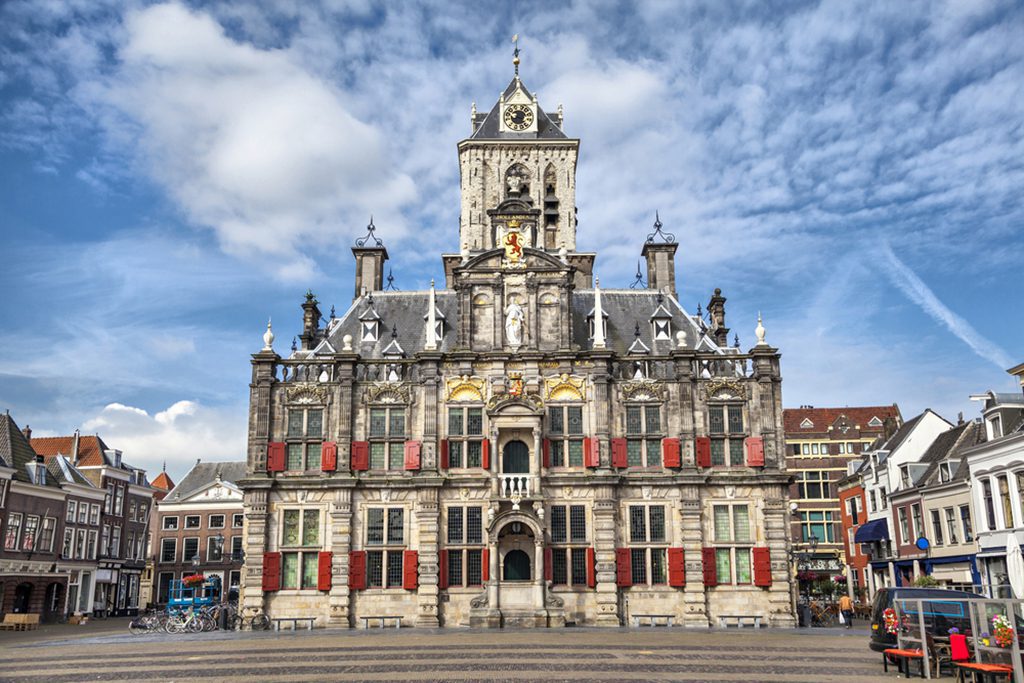
Next to the Nieuwe Kerk on the Markt square stands Delft’s City Hall, a Renaissance-style structure (the New Church). Built in the Renaissance style that was originally conceived by Dutch architect Hendrick de Keyser, it underwent several renovations throughout the ages until being restored in the twentieth century.
3. West Frisian Islands
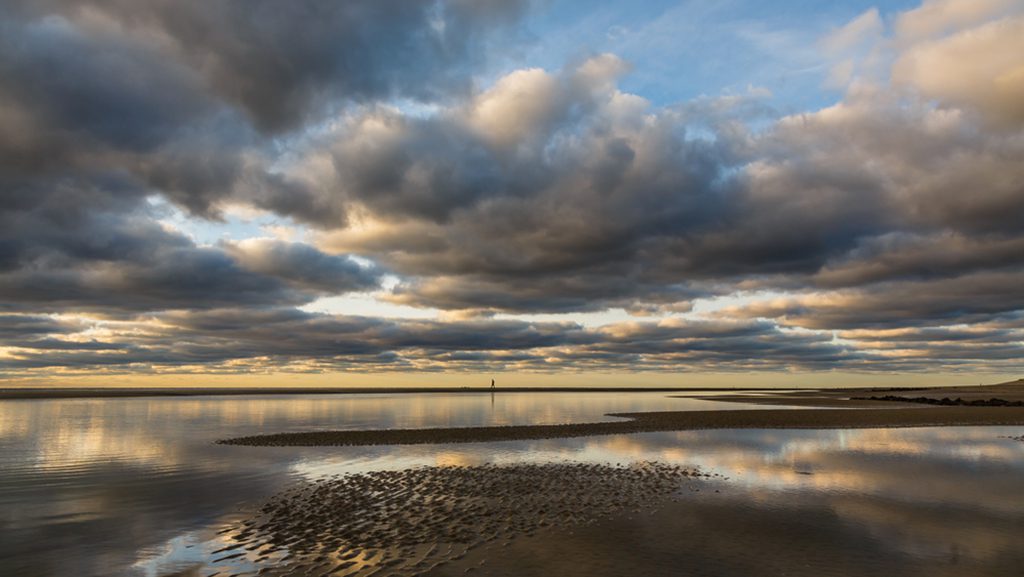
The West Frisian Islands, also known as the Waddeneilanden, are a group of islands in the North Sea, located off the Dutch coast. Further to the east, they became the German East Frisian Islands. The islands mark the boundary between the deeper North Sea and the shallower, mudflat-filled Wadden Sea. At low tide, visitors can walk over the mudflats to a number of islands, where professional guides will lead the way. Bicycling is the most practical means of transportation on the islands.
2. Leiden Canals

Leiden is renowned as the home of Rembrandt, the location of the Netherlands’ oldest university, and for its picturesque canals. Leiden’s two Old Rhine channels meet in the city’s central area, which also has many smaller canals, from the east. Leiden’s old center is one of the biggest surviving examples of Dutch architecture from the 17th century, second only to that of Amsterdam.
1. Canals of Amsterdam
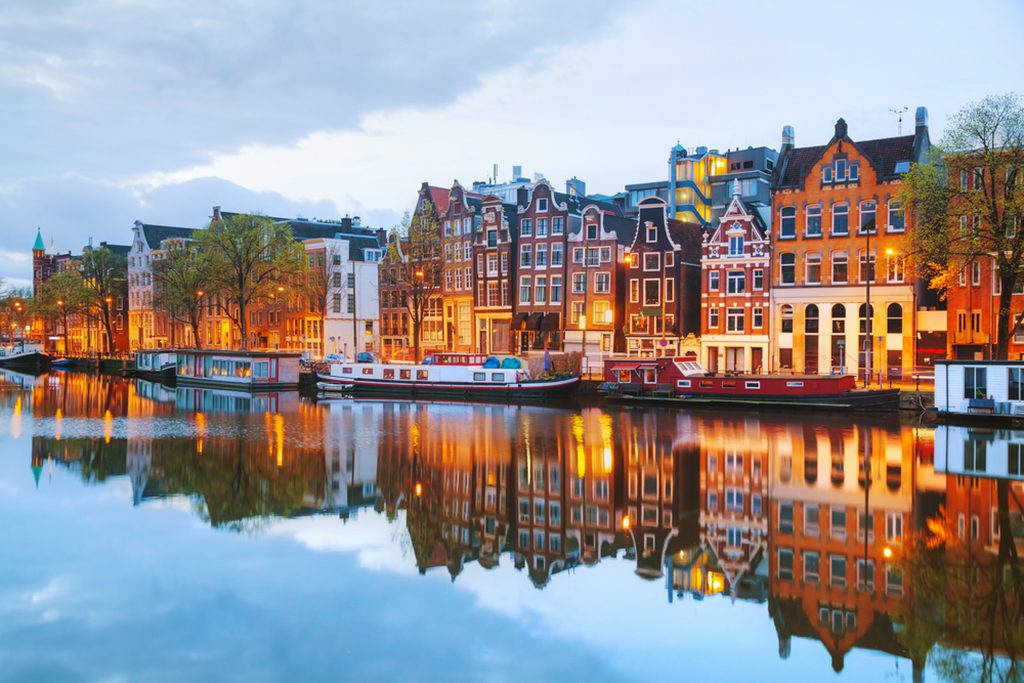
It was in the 17th century, at the height of the Dutch Golden Age, when construction on Amsterdam’s iconic canals first got underway. The grachtengordel refers to the concentric belts formed by the city’s three major canals, the Herengracht, the Prinsengracht, and the Keizersgracht. There are now more than 1,500 bridges and over 100 kilometers (60 miles) of canals. There are 1,550 grand structures along the major canals.


